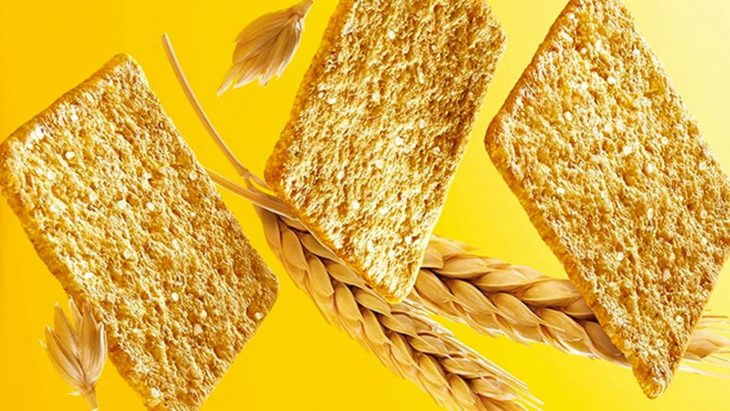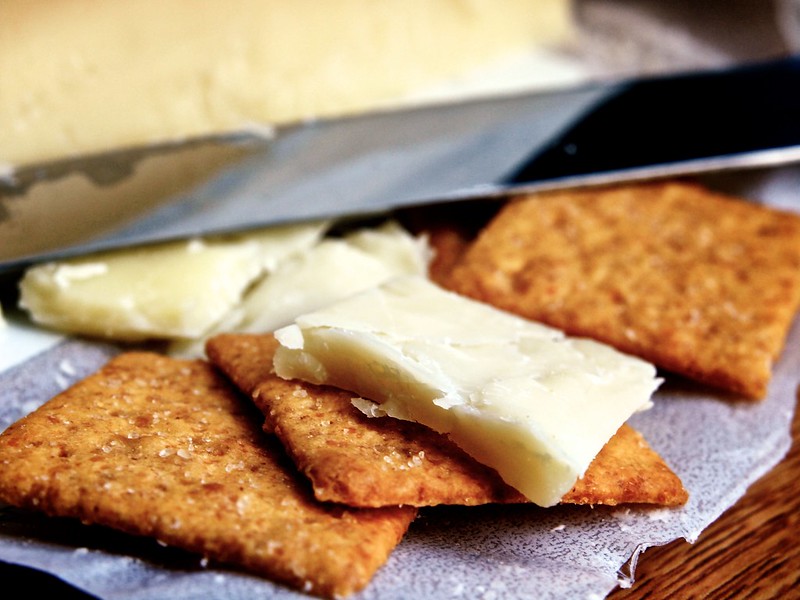
When the snack attack strikes, Wheat Thins can be a crispy, satisfying choice. These wholesome, golden squares have been a beloved snack for years, providing a delightful crunch in every bite. Yet, aside from their delicious taste, what do we really know about their nutritional profile? Let’s dive into 11 Wheat Thins nutrition facts to appreciate these tasty crackers beyond their familiar packaging.
Made from Whole Grains
At the core of every Wheat Thin cracker is, as you may have guessed, whole wheat. These crackers are made predominantly from whole-grain wheat, which is the first ingredient listed on their packaging. This means it’s the ingredient that’s used most in the recipe, according to FDA labeling guidelines.
Calorie Count
A standard serving size of Wheat Thins, which is about 16 crackers, contains around 140 calories. This makes them a relatively low-calorie snack choice, particularly if you stick to the recommended serving size.
High in Fiber
One of the standout benefits of whole grain foods, like Wheat Thins, is their fiber content. A serving of these crackers provides about 3 grams of dietary fiber, contributing to your daily fiber intake.

Contains Added Sugars
While Wheat Thins are not considered a sweet snack, they do contain added sugars. There are approximately 4 grams of sugar in each serving.
Sodium Content
Wheat Thins contain around 230 milligrams of sodium per serving. While they’re not a low-sodium food, they contain less sodium than many other processed snacks on the market.
A Source of Iron
You might not expect to find a mineral like iron in your crackers, but Wheat Thins do provide a small amount. Iron is essential for producing red blood cells in our bodies.
Saturated Fat Content
Wheat Thins contain around 1 gram of saturated fat per serving. This is relatively low compared to many other snack foods, but it’s still worth keeping in mind if you’re monitoring your saturated fat intake.

Presence of Allergens
While Wheat Thins are free from several common allergens, they do contain wheat, and they’re manufactured in a facility that also processes milk and soy. Those with food allergies or sensitivities should take note.
Variety of Flavors
Wheat Thins come in a variety of flavors, including Original, Sundried Tomato & Basil, Multigrain, and Reduced Fat. Each flavor has a slightly different nutritional profile, so it’s worth checking the specific facts for the flavor you choose.
Contains Proteins
Wheat Thins provide about 2 grams of protein per serving, which can help contribute to your daily protein intake. This protein comes primarily from the whole-grain wheat used to make the crackers.
Vegan-Friendly
Unlike some crackers that contain dairy or honey, Wheat Thins are vegan-friendly. They’re made with plant-based ingredients, making them suitable for those following a vegan diet.
Final Word
As you can see, Wheat Thins offer more than just a tasty crunch. They provide a good source of dietary fiber and some essential nutrients, too. However, like any food product, they should be enjoyed as part of a balanced diet. Knowing the nutritional facts can help you make informed choices about your snack habits, so next time you reach for that box of Wheat Thins, you’ll appreciate them that much more!
Was this page helpful?
Our commitment to delivering trustworthy and engaging content is at the heart of what we do. Each fact on our site is contributed by real users like you, bringing a wealth of diverse insights and information. To ensure the highest standards of accuracy and reliability, our dedicated editors meticulously review each submission. This process guarantees that the facts we share are not only fascinating but also credible. Trust in our commitment to quality and authenticity as you explore and learn with us.


